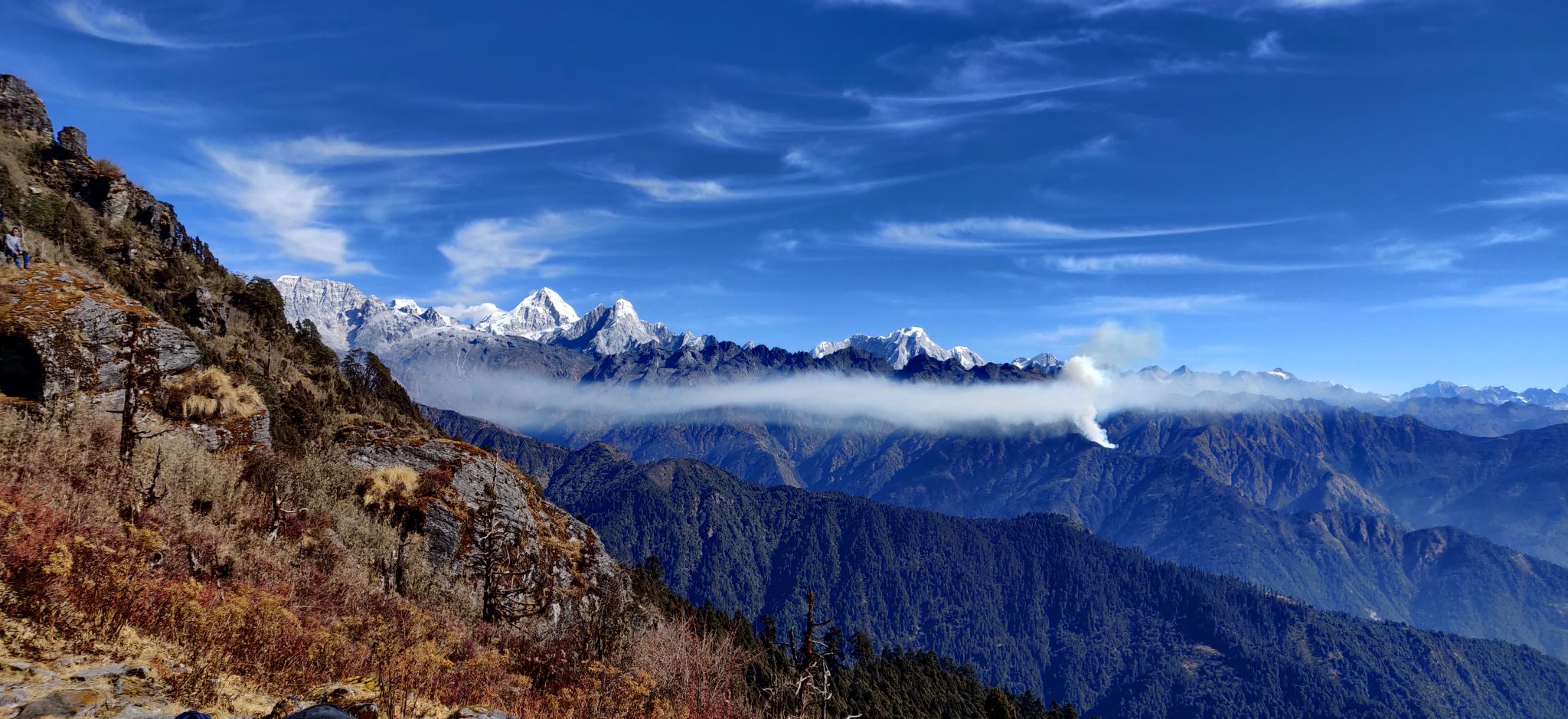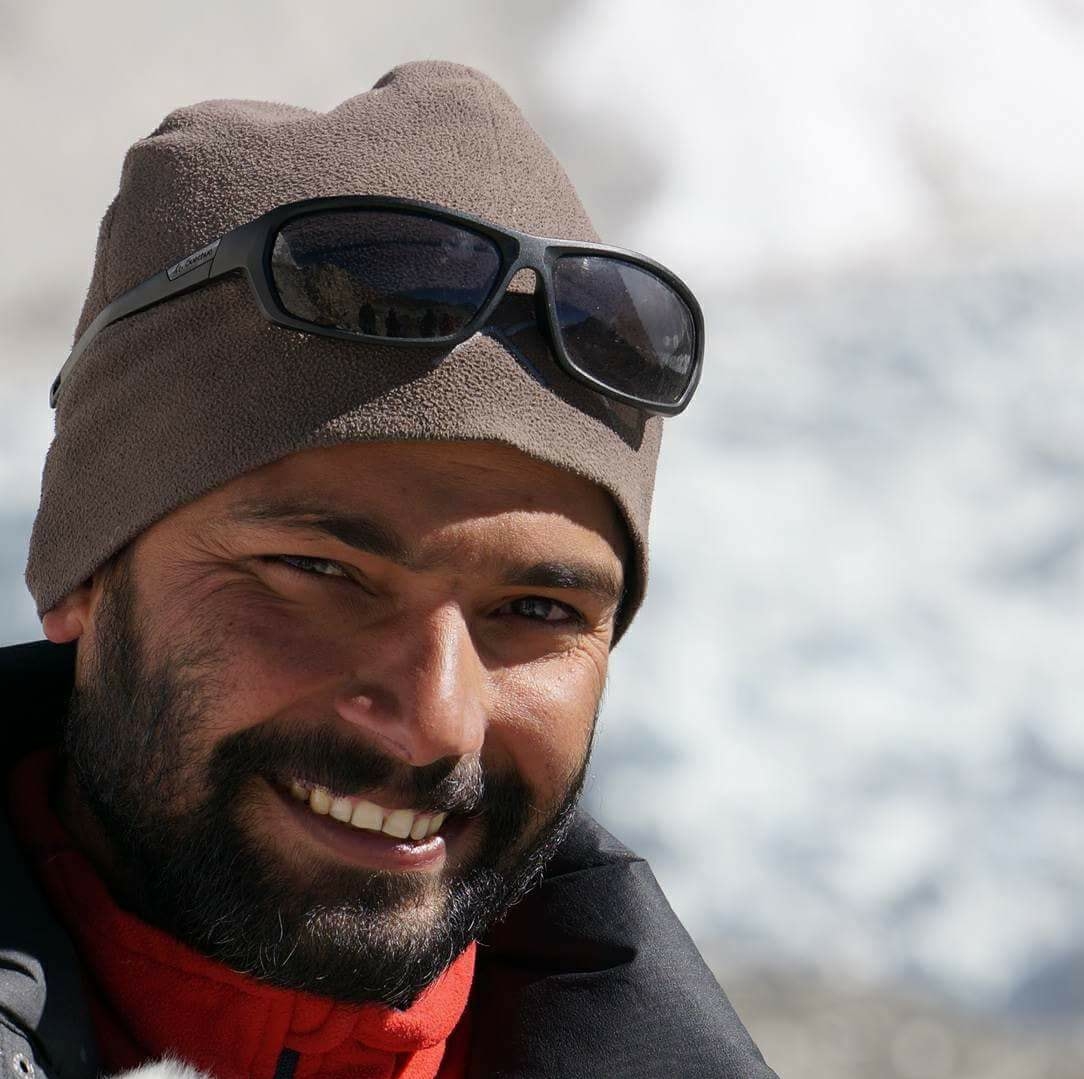Last updated on July 24th, 2025 at 09:08 am
If you’ve been dreaming of conquering a Himalayan peak but feel intimidated by the famous Everest Base Camp or Annapurna Circuit treks, let me introduce you to Nepal’s best-kept secret: the Pikey Peak Trek. This hidden gem offers breathtaking mountain views, authentic cultural experiences, and the perfect introduction to high-altitude trekking—all without the crowds and extreme difficulty of more popular routes.
What Makes Pikey Peak the #1 Choice for Beginner Trekkers?
Standing at 4,065 meters (13,335 feet), Pikey Peak may not be Nepal’s highest summit, but what it lacks in altitude, it more than makes up for in spectacular panoramic views. Sir Edmund Hillary himself declared it one of the best vantage points for viewing Mount Everest. The trek offers moderate difficulty levels, well-established tea houses, and a chance to immerse yourself in authentic Sherpa culture away from the bustling tourist trails.
The relatively lower altitude reduces the risk of severe altitude sickness, making it perfect for trekkers who want to test their limits without pushing too hard on their first Himalayan adventures.
7 Days Itinerary for Pikey Peak Trek
Day 1: Kathmandu to Dhap (2,850m)

Picture Source: Breakfree Adventure
Duration: 7-8 hours drive
Accommodation: Local lodge
Your adventure begins with an early morning departure from Kathmandu. The drive takes you through winding mountain roads, passing terraced fields and traditional villages. Dhap serves as your base camp, where you’ll spend the night acclimatizing and preparing for the trek ahead. Use this evening to check your gear and get a good night’s rest.
Tip: Pack motion sickness medication for the winding drive, and don’t forget to enjoy the changing landscapes as you leave the Kathmandu Valley behind.
Day 2: Dhap to Jhapre (2,815m)
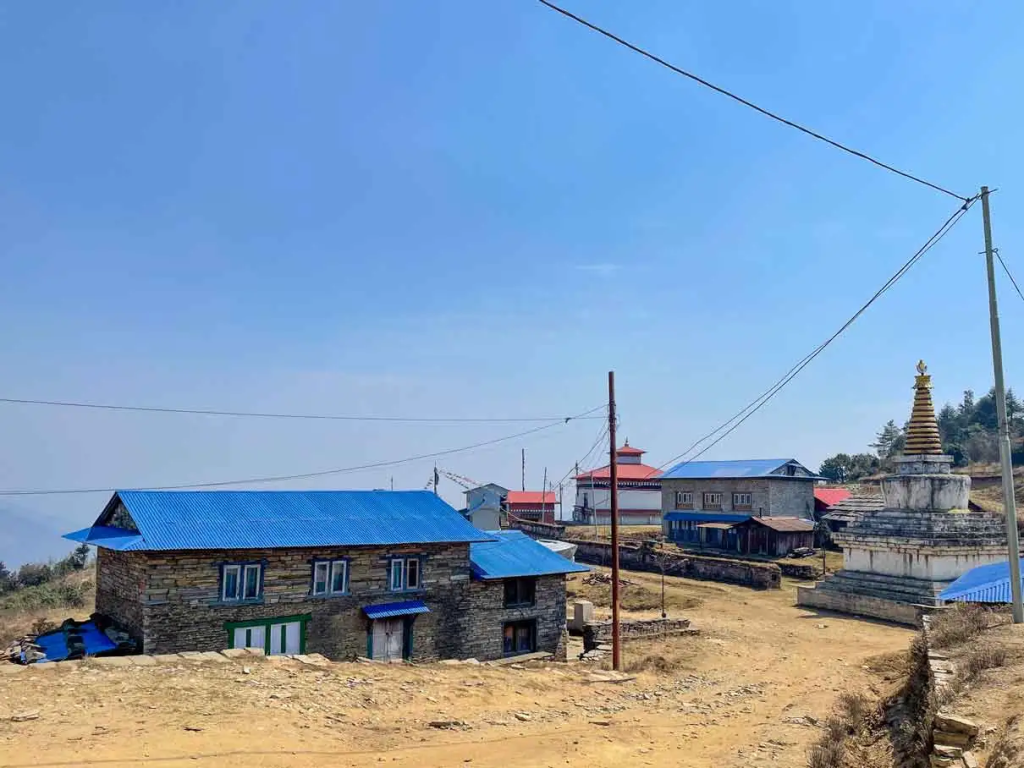
Picture Source: imfreee.com
Duration: 5-6 hours trek
Difficulty: Moderate
The real trekking begins! Today’s route takes you through dense rhododendron forests (spectacular if you’re trekking in spring), traditional Sherpa villages, and rolling hills. Jhapre is a charming settlement where you’ll experience authentic mountain hospitality. The gradual ascent helps your body adjust to the altitude naturally.
Highlights: Traditional Sherpa architecture, prayer flags fluttering in the wind, and your first taste of dal bhat (Nepal’s national dish) on the trail.
Day 3: Jhapre to Pikey Base Camp (3,640m)

Picture Source: Adventure Great Himalaya
Duration: 6-7 hours trek
Difficulty: Moderate to challenging
This is your longest trekking day, but also one of the most rewarding. The trail climbs steadily through alpine forests and meadows. As you gain elevation, the mountain views become increasingly dramatic. Pikey Base Camp offers your first clear glimpses of the Everest range, including Everest, Lhotse, and Makalu.
Pro tip: Take frequent breaks, drink plenty of water, and don’t rush. The key to successful high-altitude trekking is pacing yourself.
Day 4: Summit Day – Pikey Peak (4,065m) and Trek to Jasmane Bhanjyang
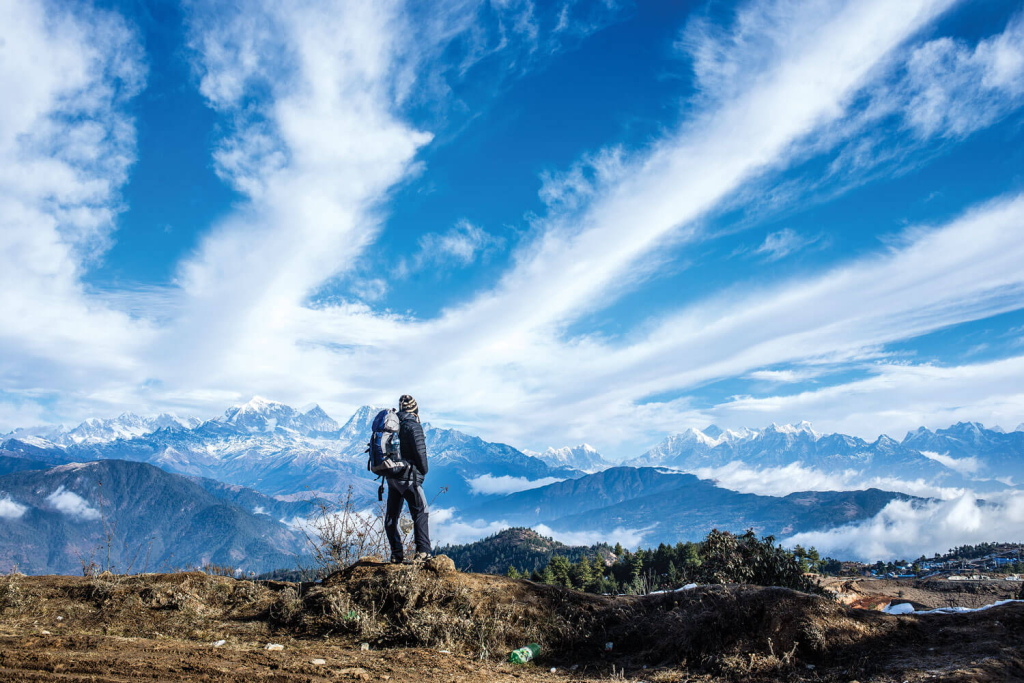
Picture Source: Nepali Times
Duration: 4-5 hours total
Difficulty: Challenging
Wake up before dawn for the summit push—this early start rewards you with arguably the best sunrise view in Nepal. The final ascent to Pikey Peak is steep but manageable, taking about 2-3 hours. From the summit, you’ll enjoy 360-degree views of eight of the world’s fourteen 8,000-meter peaks, including Everest, Kanchenjunga, Makalu, and Cho Oyu.
After celebrating your achievement and taking countless photos, descend back to Jasmane Bhanjyang for a well-deserved rest.
Don’t miss: The golden hour photography opportunities are incredible—bring extra batteries for your camera!
Day 5: Jasmane Bhanjyang to Junbesi (2,680m)
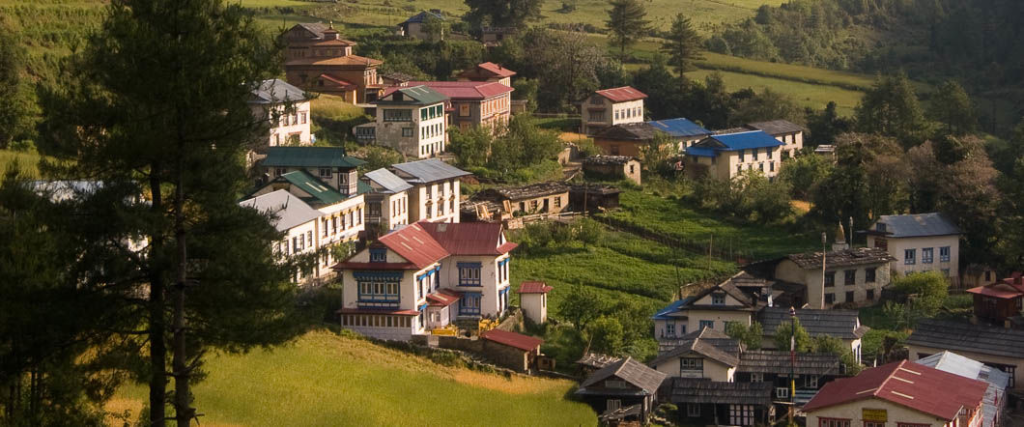
Picture Source: Sherpana
Duration: 6-7 hours trek
Difficulty: Moderate (mostly downhill)
Today brings relief as you descend toward the famous Sherpa village of Junbesi. The trail winds through beautiful forests and offers stunning mountain vistas. Junbesi is home to the historic Thubten Choling Monastery, one of the most important Buddhist monasteries in the Solu region.
Cultural highlight: Visit the monastery in the evening for prayers if timing allows—it’s a deeply moving spiritual experience.
Day 6: Junbesi to Phaplu (2,469m)
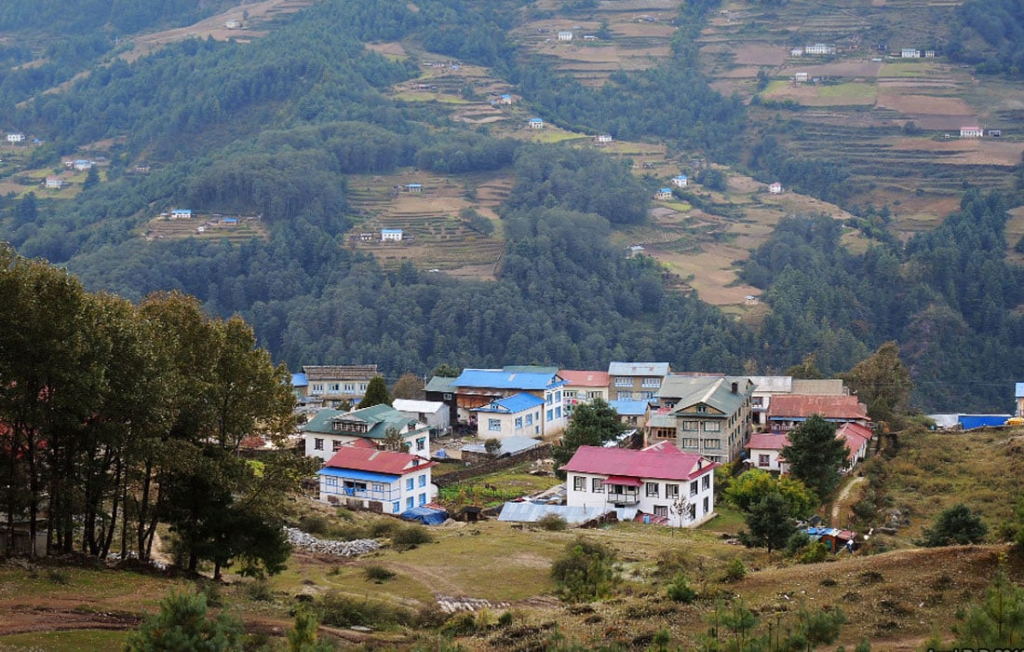
Picture Source: Third Rock Adventures
Duration: 4-5 hours trek
Difficulty: Easy to moderate
Your final trekking day is relatively easy, following ancient trading routes through traditional villages. Phaplu serves as a gateway town with a small airport, marking the end of your mountain adventure. Celebrate your successful trek with your fellow trekkers and guides.
Reflection time: This easier day gives you time to process your achievement and enjoy the last mountain views.
Day 7: Phaplu to Kathmandu
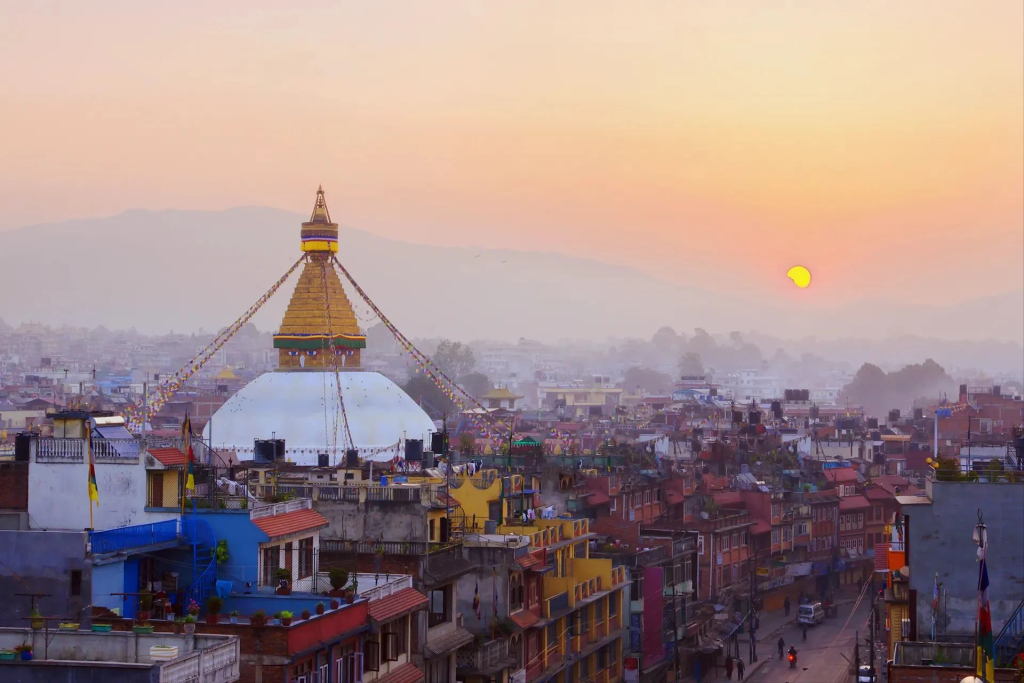
Picture Source: Much Better Adventures
Duration: 8-9 hours drive (or 45-minute flight if available)
Return: Hotel in Kathmandu
Complete your journey with either a scenic drive back to Kathmandu or a short flight (weather permitting). Either way, you’ll return to the capital with incredible memories and a sense of accomplishment.
Essential Packing List
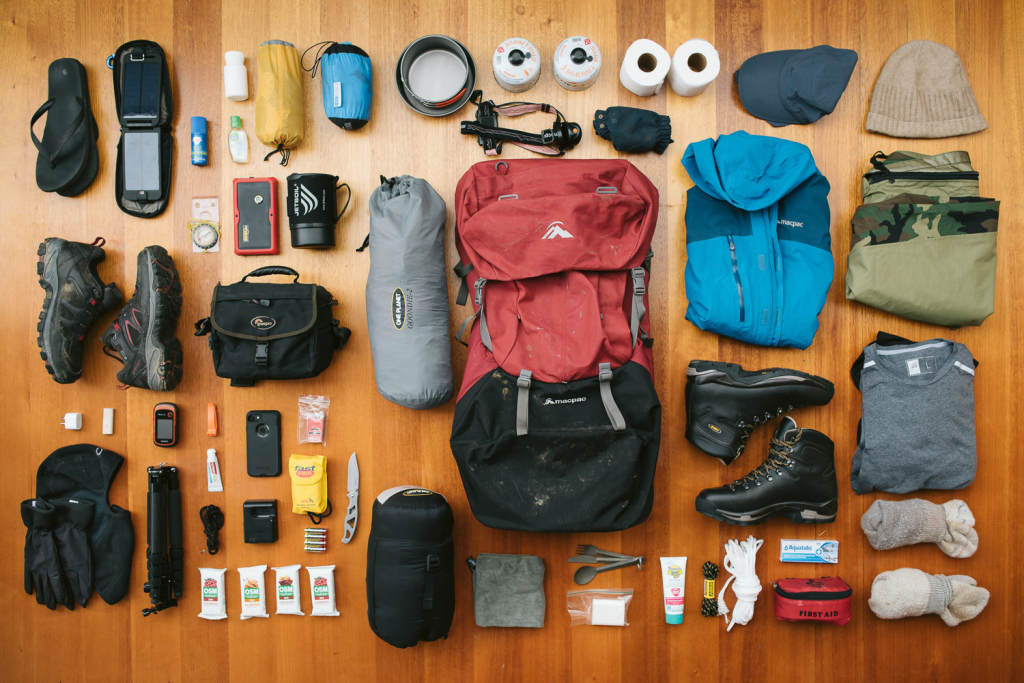
Picture Source: Himalayas on Foot
Clothing
- Moisture-wicking base layers
- Insulating mid-layers (fleece or down jacket)
- Waterproof and windproof outer shell
- Trekking pants and shorts
- Warm hat and sun hat
- Insulated gloves
- Quality trekking socks (bring extras!)
Gear
- Comfortable, broken-in trekking boots
- Daypack (30-40L)
- Sleeping bag rated for -10°C
- Trekking poles
- Headlamp with extra batteries
- Water bottles or hydration system
- Water purification tablets
Personal Items
- Sunscreen (high SPF)
- Sunglasses
- First aid kit
- Personal medications
- Camera with extra batteries/memory cards
Best Time to Trek
Spring (March-May): Perfect weather with blooming rhododendrons and clear mountain views. This is peak season, so expect more trekkers.
Autumn (September-November): Excellent visibility, stable weather, and comfortable temperatures. Another popular season.
Winter (December-February): Fewer crowds and crystal-clear views, but colder temperatures and possible snow.
Summer/Monsoon (June-August): Not recommended due to heavy rainfall, leeches, and obscured mountain views.
Budget Expectations
The Pikey Peak Trek is refreshingly affordable compared to other Himalayan treks:
- Budget option: $300-500 per person (tea house accommodation, local guides)
- Mid-range: $600-800 per person (better accommodation, experienced guides)
- Premium: $900-1,200 per person (private guides, porter service, upgraded lodges)
Costs include permits, accommodation, meals, guide/porter fees, and transportation.
Permits and Regulations
You’ll need:
- TIMS (Trekkers’ Information Management System) card
- Local area permit
- Your travel agency can arrange these, or you can obtain them in Kathmandu permit office
Final Tips for Success
Physical preparation: Start training at least 6-8 weeks before your trek. Focus on cardiovascular fitness and leg strength. Regular hiking with a loaded backpack is ideal preparation. Practice walking on different terrains and gradually build your stamina with activities like walking, jogging, or cycling.
Altitude acclimatization: Pikey Peak is classified as moderate on Nepal’s trekking difficulty scale and is significantly less challenging than other Everest region treks. The gradual ascent helps prevent severe altitude sickness.
Mental preparation: Trekking tests your mental resilience as much as physical fitness. Prepare for challenging weather, basic accommodation, and the satisfaction of pushing your limits.
Respect local culture: Learn basic Nepali greetings, respect photography restrictions, and support local communities by buying locally-made products.
Environmental responsibility: Follow Leave No Trace principles, use refillable water bottles, and respect wildlife and vegetation.
Frequently Asked Questions (First-Timer’s Guide)
Is Pikey Peak suitable for complete beginners?
Absolutely! The Pikey Peak Trek requires no prior trekking experience and is an excellent way to start your Himalayan adventure. The moderate difficulty level and gradual altitude gain make it perfect for newcomers.
How difficult is Pikey Peak compared to other Nepal treks?
Pikey Peak is significantly easier than popular treks like Everest Base Camp or Annapurna Circuit, while still offering spectacular mountain views. It’s rated as moderate difficulty with manageable daily walking distances of 4-7 hours.
What’s the best time for first-time trekkers?
Spring (March-May) and autumn (September-November) offer the most stable weather and clearest mountain views, making them ideal for beginners.
Can I do this trek without a guide?
While possible, first-time trekkers are strongly recommended to use a guide for safety, navigation, and cultural insights. Local guides enhance the experience significantly.
Conclusion
The Pikey Peak Trek offers something magical that goes beyond just reaching a summit. It’s about discovering your own strength, experiencing the warmth of Sherpa hospitality, and gaining perspective on what truly matters. Many first-time trekkers leave Nepal with a completely new outlook on life and an insatiable desire to explore more mountains.
The views from Pikey Peak rival those from much more difficult treks, but the journey itself teaches you about resilience, simplicity, and the incredible power of putting one foot in front of the other, even when the path gets steep.
If you’ve been waiting for the perfect introduction to Himalayan trekking, stop waiting. The mountains are calling, and Pikey Peak is the perfect place to answer that call.
Ready to start planning your adventure? The mountains of Nepal are waiting to show you just how strong and capable you really are. Your first Himalayan summit is closer than you think.
